Embarking on the quest for the best acoustic guitar pedal can be an exhilarating journey for any musician.
This guide aims to guide those new to the acoustic scene, highlighting essential features that define the best pedals, ensuring your first step is in the right direction towards achieving the perfect acoustic guitar tone.
Our Top Picks
We provide our product links with Amazon assurance whenever possible.
Best Overall: LR Baggs Venue DI
It’s not just a pedal; it’s a comprehensive solution for acoustic guitarists seeking to enhance their sound with clarity and control. Compact and powerful, this device is a game-changer for performers and recording artists alike.
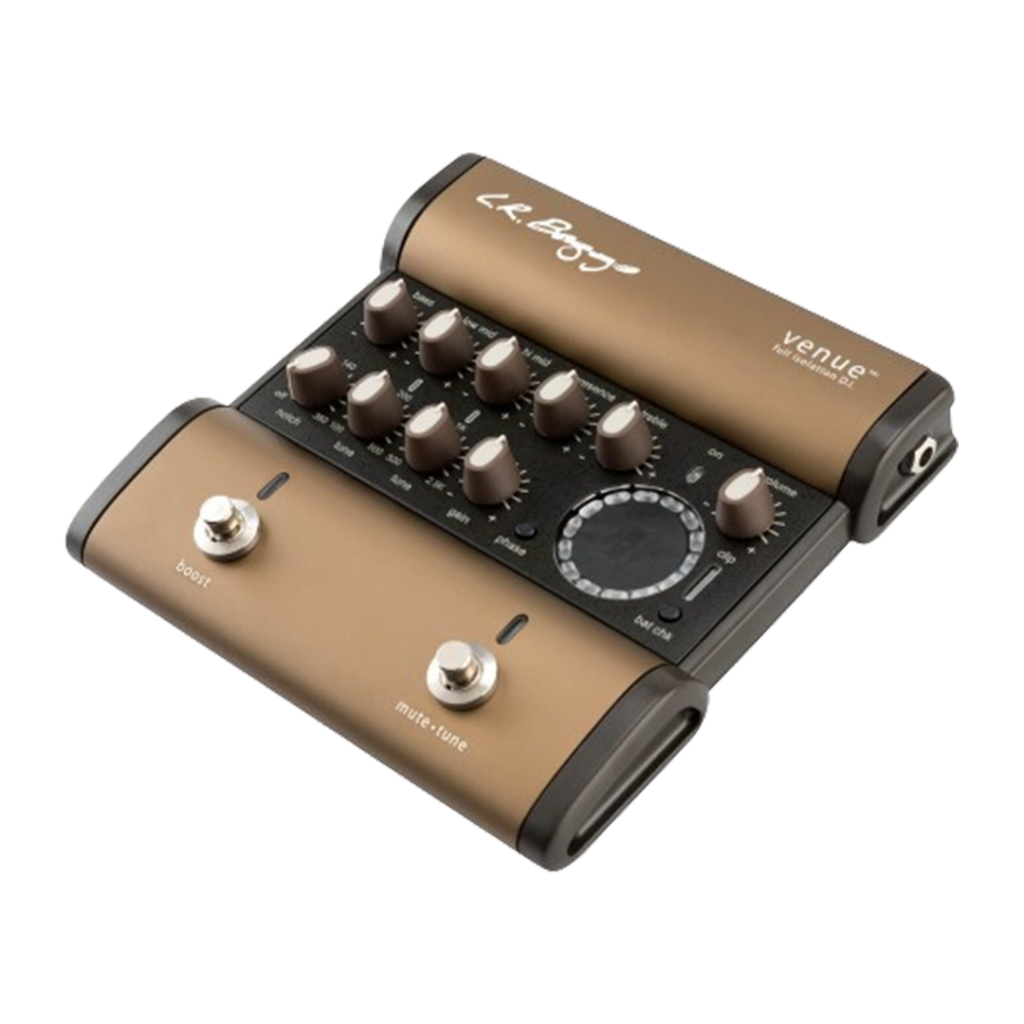

Specifications:
- Buffer: Adjustable Gain for passive and active pickups
- Control: Garrett Null notch filtering for feedback control
- Switch: Phase switch for feedback reduction
- XLR: XLR output for direct PA or studio connection
- Input impedance: 10 MOhms
- Voltage: 9 Volts
Who Is It For?
The LR Baggs Venue DI is for musicians who demand the utmost quality and control over their acoustic guitar tone. Whether you’re a gigging musician playing in coffee shops, a worship leader at your local church, or a recording artist laying down tracks in the studio, this pedal offers the versatility and sound quality you need.
With features like notch filtering, a phase switch, and an XLR output, it’s designed to deliver pristine sound in any setting. The integrated tuner and feedback control make it indispensable on stage, ensuring your performance is always pitch-perfect and free from unwanted noise.
If you’re serious about your acoustic sound, the LR Baggs Venue DI is tailored for you, providing the tools to express your music without compromise.
Best for Looping: TC Electronic Ditto X2
Here is the TC Electronic Ditto X2. Designed with simplicity and efficiency in mind, it’s the go-to choice for guitarists looking to enhance their performance without getting bogged down in complexity. Its user-friendly interface makes it accessible to players of all levels, ensuring your creative flow isn’t interrupted.
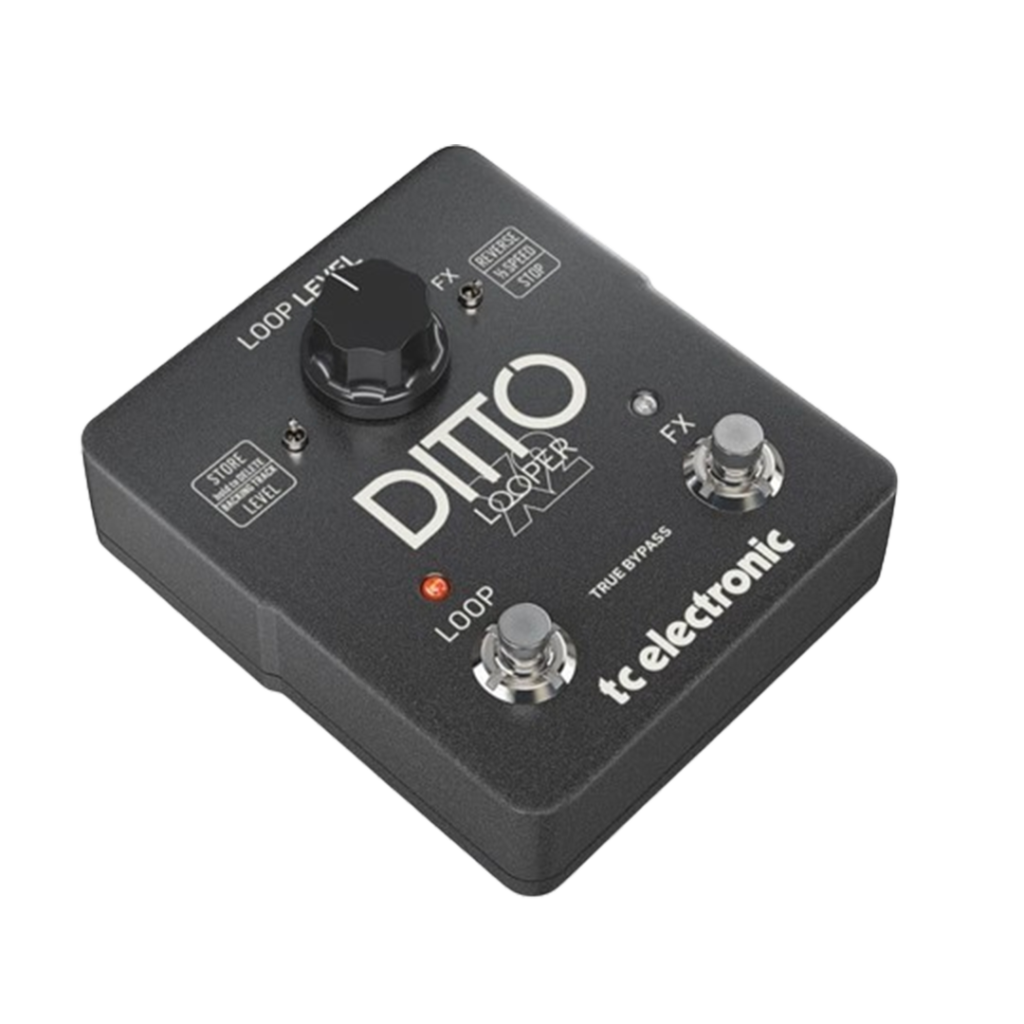

Specifications:
- Looping Time: 5 minutes
- True Bypass: Yes, for uncompromised signal integrity
- Stereo Inputs/Outputs: 2 x 1/4″ (L/R), for versatile connectivity
- USB Connectivity: 1 x Type Mini-B, for easy import/export of loops
- Weight: 1.12 pounds, lightweight and pedalboard-friendly
- Dimensions: 6 x 7 x 3 inches, compact and robust
- Audio Quality: 24-bit A/D/A conversion, for pristine sound quality
- Loop Effects: Reverse and 1/2 speed, for creative loop manipulation
Who Is It For?
The TC Electronic Ditto X2 is for guitarists seeking to elevate their acoustic guitar tone with high-quality looping without the hassle of complex setups.
Whether you’re a solo performer wanting to add layers to your live performances or a creative musician looking to explore new soundscapes in your compositions, the Ditto X2 offers the perfect blend of simplicity and functionality.
Its intuitive design ensures that even those new to looping can get started quickly, while advanced features like reverse and half-speed effects, along with high-quality 24-bit audio, appeal to more experienced acoustic guitarists.
If you’re in search of a pedal that combines ease of use with creative potential, the Ditto X2 stands out as a top choice.
Best for Acoustic Reverb: Fender Acoustic Preverb
Crafted with precision by Fender’s tone experts, this pedal is a masterpiece of sound engineering.
Its lightweight, durable design and all-original circuit bring out the best in acoustic tones, making every strum resonate with clarity and depth. Perfect for musicians seeking to enrich their acoustic sound, the Acoustic Preverb is a game-changer.
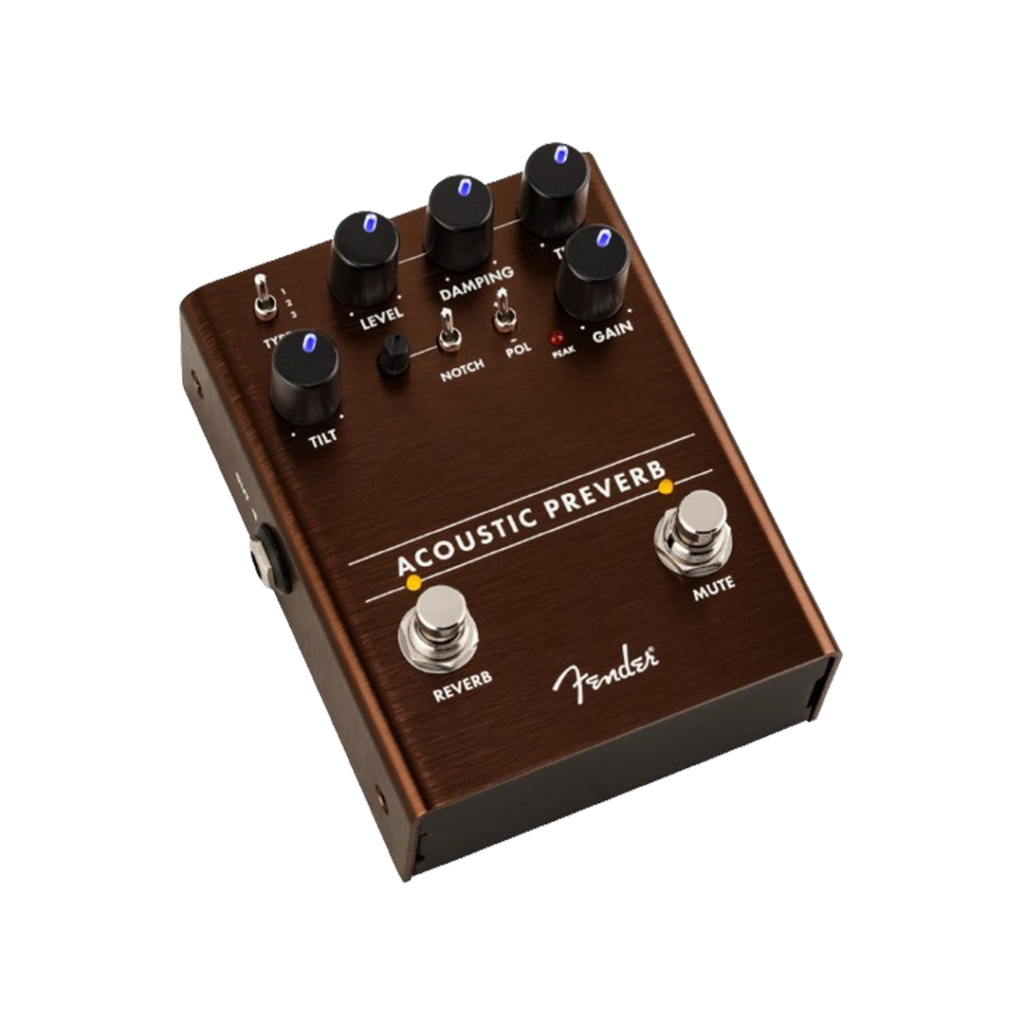

Specifications:
- Circuit: Original Fender Design
- Chassis: Lightweight Anodized Aluminum
- Reverb Settings: 3 Acoustic-Specific Types
- Preamp: High-Fidelity
- Feedback Control: Notch Filter
- Interface: User-Friendly
- Connectivity: Multiple Options
- Power: AC Adapter or Battery
Who Is It For?
Whether you’re a gigging artist, a recording enthusiast, or someone who enjoys the pure pleasure of playing at home, this pedal will elevate your sound.
Its tailored reverb settings enhance the natural warmth and resonance of your acoustic guitar, while the high-fidelity preamp ensures your music always sounds its best. The easy-to-use interface and versatile connectivity make it a perfect fit for both beginners and seasoned pros.
If you’re looking to add depth, clarity, and a touch of magic to your acoustic guitar sound, the Acoustic Preverb is designed for you.
Best Delay Pedal: Boss DD-500
Dive into the world of endless sonic possibilities with the Boss DD-500 that sets the standard for sound innovation. Compact yet powerful, this pedal is a treasure trove for musicians seeking to elevate their sound with precision and creativity.
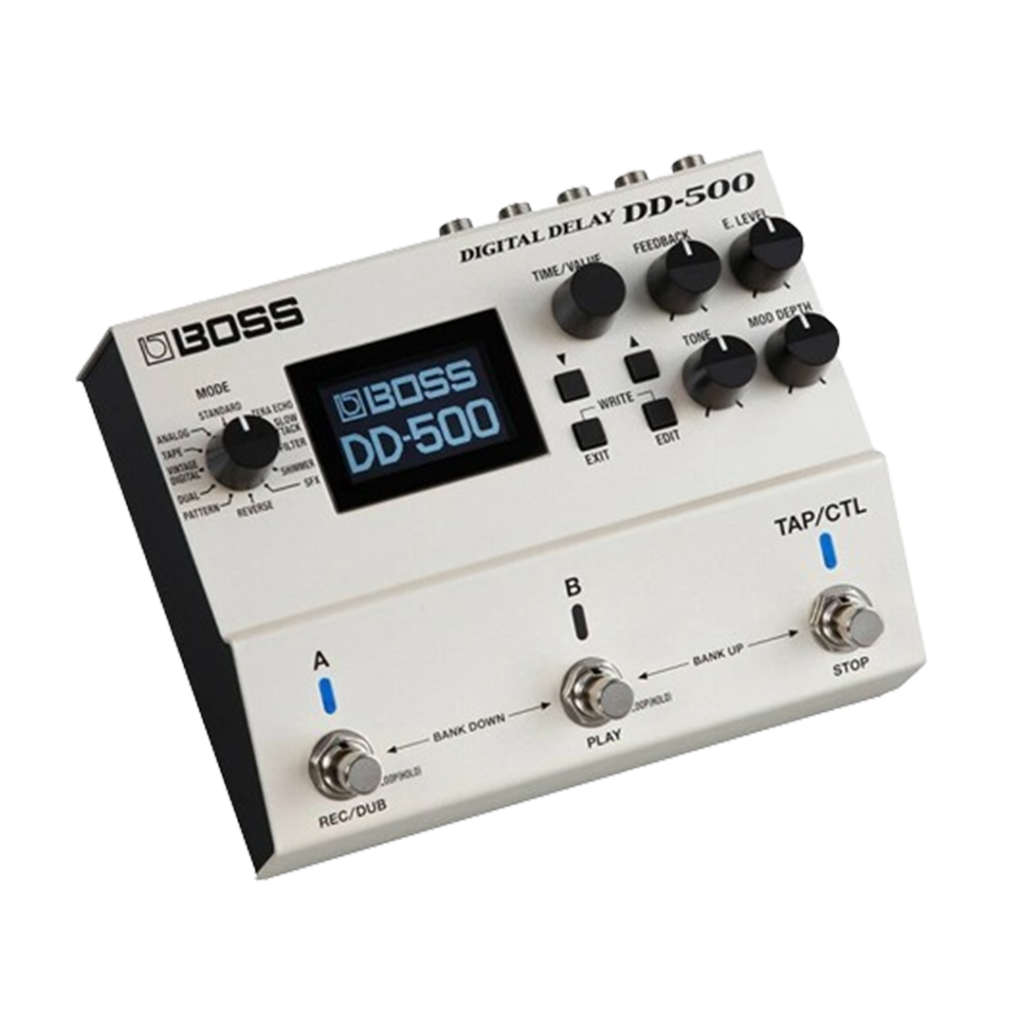

Specifications:
- Sampling Frequency: 96 kHz
- AD/DA Conversion: 32 bits
- Processing: 32-bit floating point
- Delay Modes: 12 modes
- Max Delay Time: 10 seconds
- Inputs/Outputs: 2 x 1/4″ each
- MIDI I/O: In/Out/USB
- Power Supply: 9V DC 1000mA
Who Is It For?
The Boss DD-500 is for the adventurous musician who refuses to be boxed in by traditional sounds. Whether you’re a gigging professional looking to add depth to your live performances or a studio artist aiming to explore the outer reaches of sonic space, the DD-500 offers unparalleled flexibility and quality.
Its wide array of delay modes and high-fidelity audio processing make it a perfect fit for those who demand nothing but the best in their quest for musical excellence.
With its robust build and intuitive design, it’s suited for the road and the studio, making it an essential tool for guitarists who want to push the boundaries of what’s possible with their instrument.
Best for Acoustic Preamp: Strymon Flint Tremolo and Reverb
This pedal combines vintage-inspired tremolo and reverb effects in one, offering unmatched tonal quality and versatility.
Perfect for acoustic players seeking to enrich their sound with depth and warmth, the Flint stands out in the crowded pedal market. Its intuitive design and studio-class sound make it a favorite among discerning musicians.
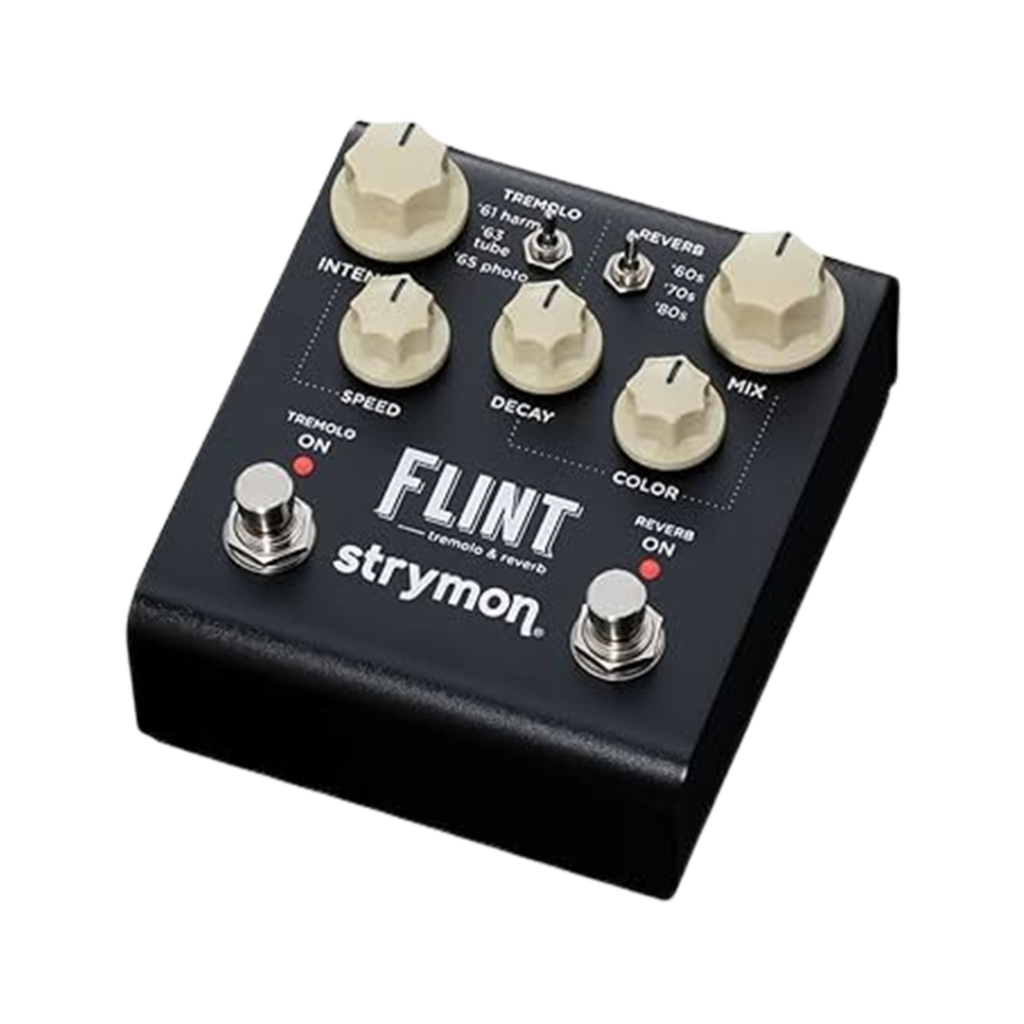

Specifications:
- Dimensions: 4.5″ x 4″ x 1.75″
- Weight: 1.37 pounds
- Power Requirements: 9 volts DC, center-negative, 300mA minimum
- Three tremolo algorithms: ’61 Harmonic, ’63 Power Tube, ’65 Photocell
- Three reverb types: ’60s Spring, ’70s Electronic Plate, ’80s Hall
Who Is It For?
Whether you’re a gigging professional, a recording artist, or a hobbyist seeking to explore new sonic landscapes, the Flint offers a wide range of tremolo and reverb effects that can transform your acoustic sound.
Its studio-class algorithms provide the warmth and depth of vintage effects, while its robust build ensures reliability on the road and in the studio. If you’re looking to elevate your acoustic guitar’s tone with lush reverb and organic tremolo, the Flint is designed for you.
Its intuitive controls make it easy to dial in the perfect sound, whether you’re after the subtle ambiance or a more pronounced effect.
Best for Versatility: LR Baggs Align Chorus Pedal
Perfect for acoustic guitarists, this pedal is designed to enhance your playing with a depth that complements rather than overwhelms, making every note you play resonate with clarity and warmth.
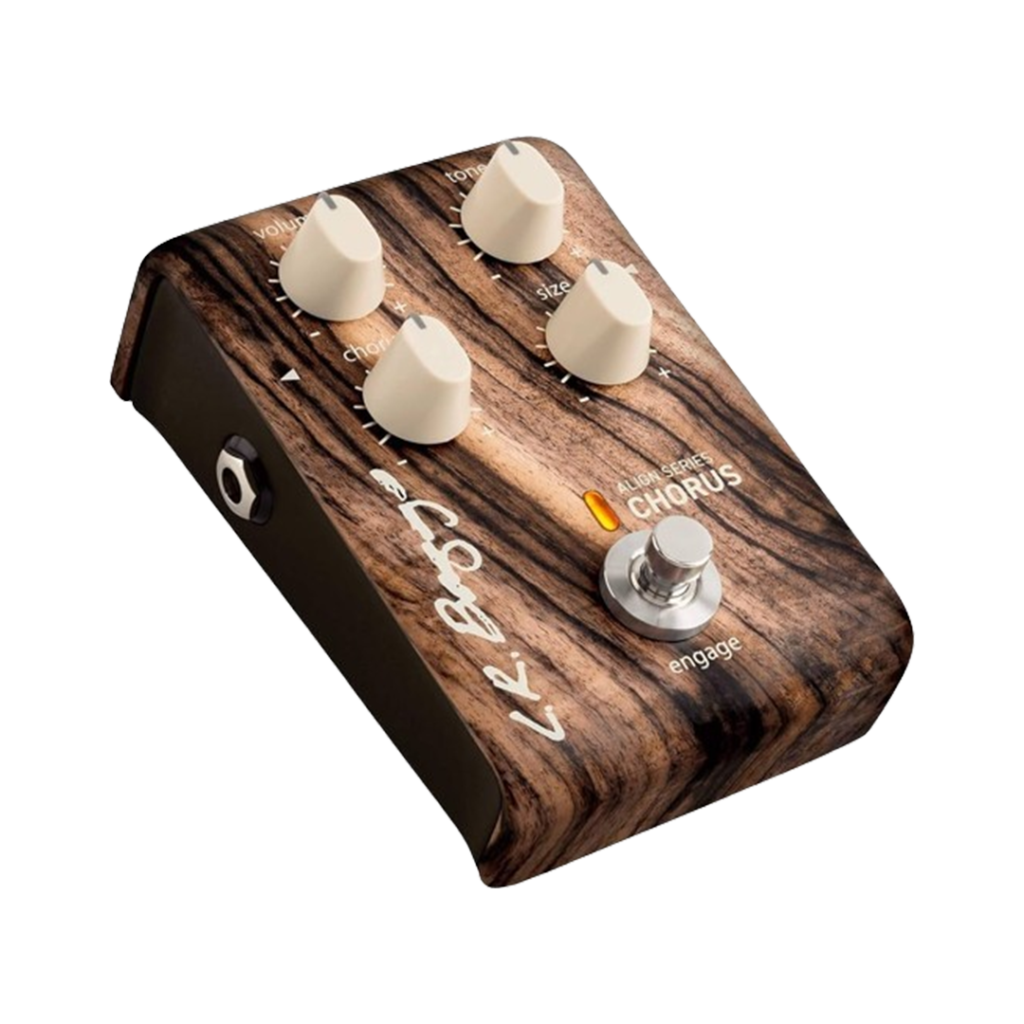

Specifications:
- Adjustable gain: for passive and active pickups
- 5 band EQ: with tunable low-mid and high-mid bands
- Garrett Null notch filtering: for feedback control
- Phase switch: for feedback reduction
- XLR output: for direct PA or studio connection
- Dedicated tuner: with mute/tune footswitch
- Input impedance: 10 MOhms
- Voltage: 9 Volts
Who Is It For?
Whether you’re a gigging professional looking to add a layer of richness to your live performances or a recording artist seeking to enhance your tracks with dimensional sound, this pedal delivers.
Its intuitive controls and acoustic-specific design make it ideal for those who want to maintain the natural beauty of their guitar while exploring new sonic landscapes. From subtle enhancements to transformative effects, the Align Chorus Pedal offers a range of possibilities that can inspire creativity and elevate your music.
If you’re passionate about your acoustic sound and looking for a pedal that complements rather than competes, this is the pedal for you.
Best in Compact Design: MXR Phase 95
The acoustic guitar pedal for those seeking a blend of classic and modern tones, the MXR Phase 95 stands out in the compact pedal market. This tiny titan packs a punch, offering the iconic phasing effects of its predecessors in a pedalboard-friendly size.
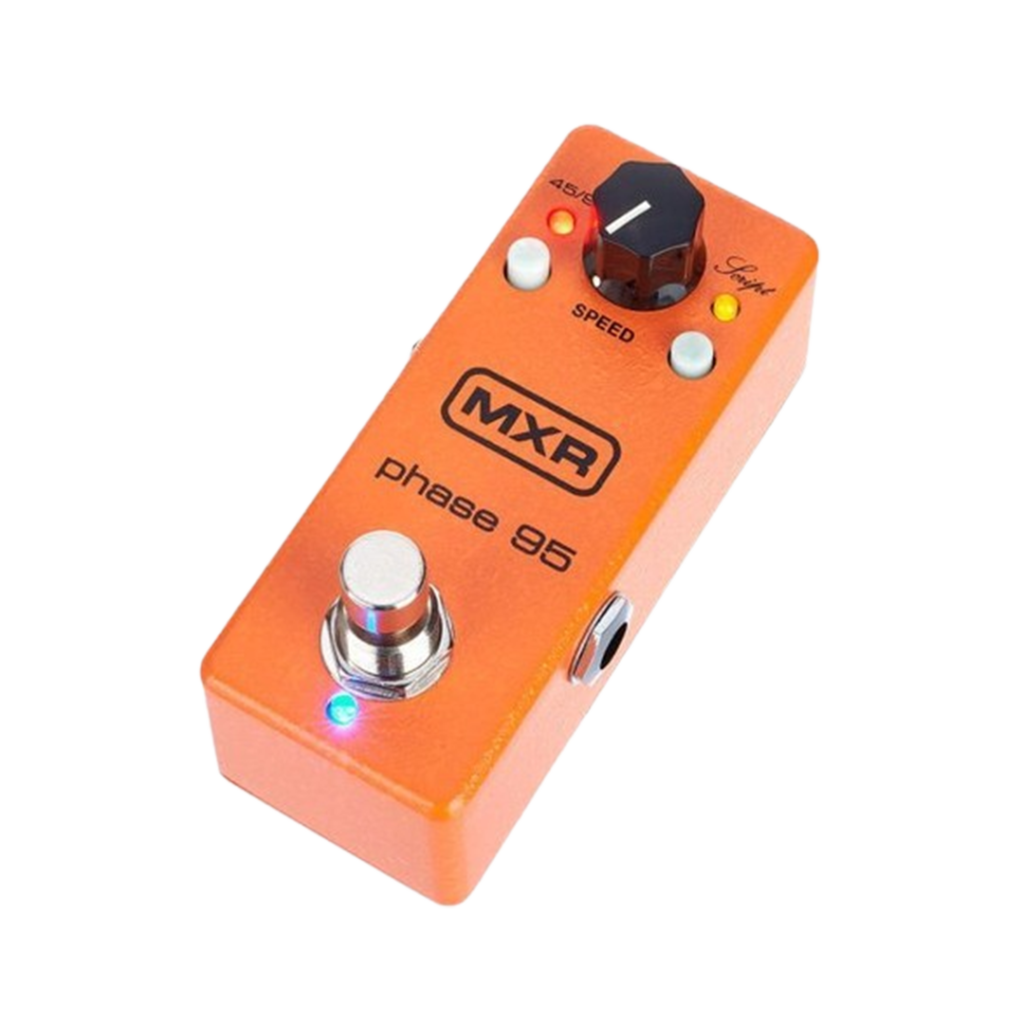

Specifications:
- Dimensions: 5.5 x 4.5 x 2.5 inches
- Weight: 0.28 lbs
- Power Consumption: 9V DC, 8 mA
- Bypass: True bypass
- Phasing Stages: Selectable two or four-stage phasing
- Speed Range: 0.125 Hz to 14 Hz
- Input Impedance: 800 kΩ
- Output Impedance: < 6 kΩ
Who Is It For?
The MXR Phase 95 is a perfect acoustic guitar pedal for musicians who crave the lush, swirling sounds of classic phasing without the bulk of traditional units. Its compact design makes it an ideal choice for guitarists with limited pedalboard space or those who prefer a minimalist setup.
Whether you’re a gigging musician looking to add depth to your live sound or a recording artist in search of that perfect texture for your tracks, the Phase 95 delivers. Its easy-to-use interface is suitable for beginners, yet its sound quality and versatility will satisfy even the most discerning pros.
Best for Acoustic Enhancement: J. Rockett IKON Overdrive
J. Rockett IKON Overdrive is here. Crafted for musicians who demand quality, this pedal brings a legendary tone to your acoustic setup, making every strum resonate with clarity and warmth. Its unique design ensures your acoustic guitar shines, whether you’re playing at home or on stage.
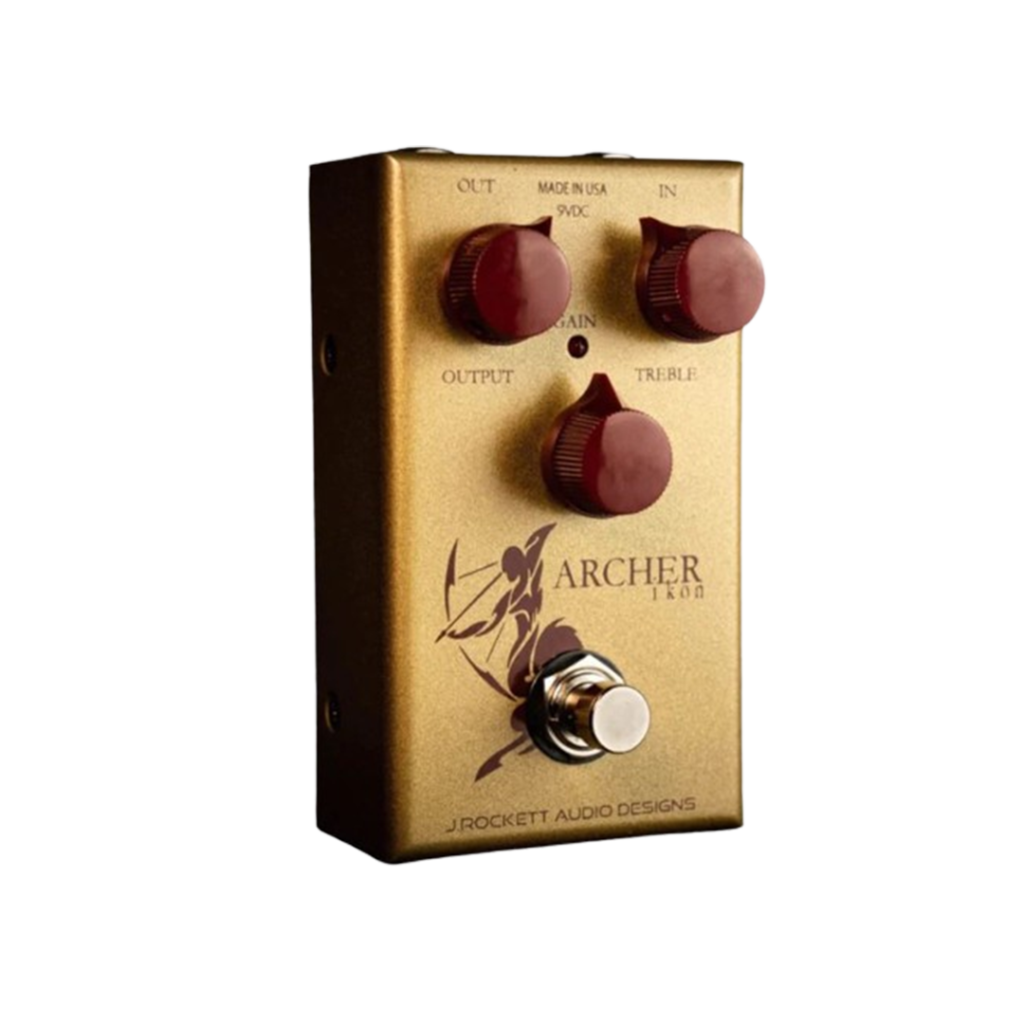

Specifications:
- Power Source: 9V DC power supply (sold separately)
- Batteries: 1 x 9V
- Power Usage: 26mA
- Height: 1.25 inches
- Dimensions: 4.00″ x 2.30″
- Current Draw: 26mA
Who Is It For?
It is for musicians looking to bring a legendary warmth and clarity to their acoustic guitar sound. Whether you’re a gigging musician wanting to stand out in live performances or a recording artist seeking to add depth to your tracks, this pedal offers unparalleled enhancement.
Its user-friendly design makes it suitable for both beginners and professionals, ensuring that anyone can achieve a rich, overdriven tone without compromising the natural sound of their acoustic guitar.
Best for Acoustic Overdrive: Fender Smolder Acoustic OD
This pedal is designed to enhance your acoustic guitar tone with warmth and richness that stands out in any mix. Perfect for acoustic guitarists looking to elevate their sound.
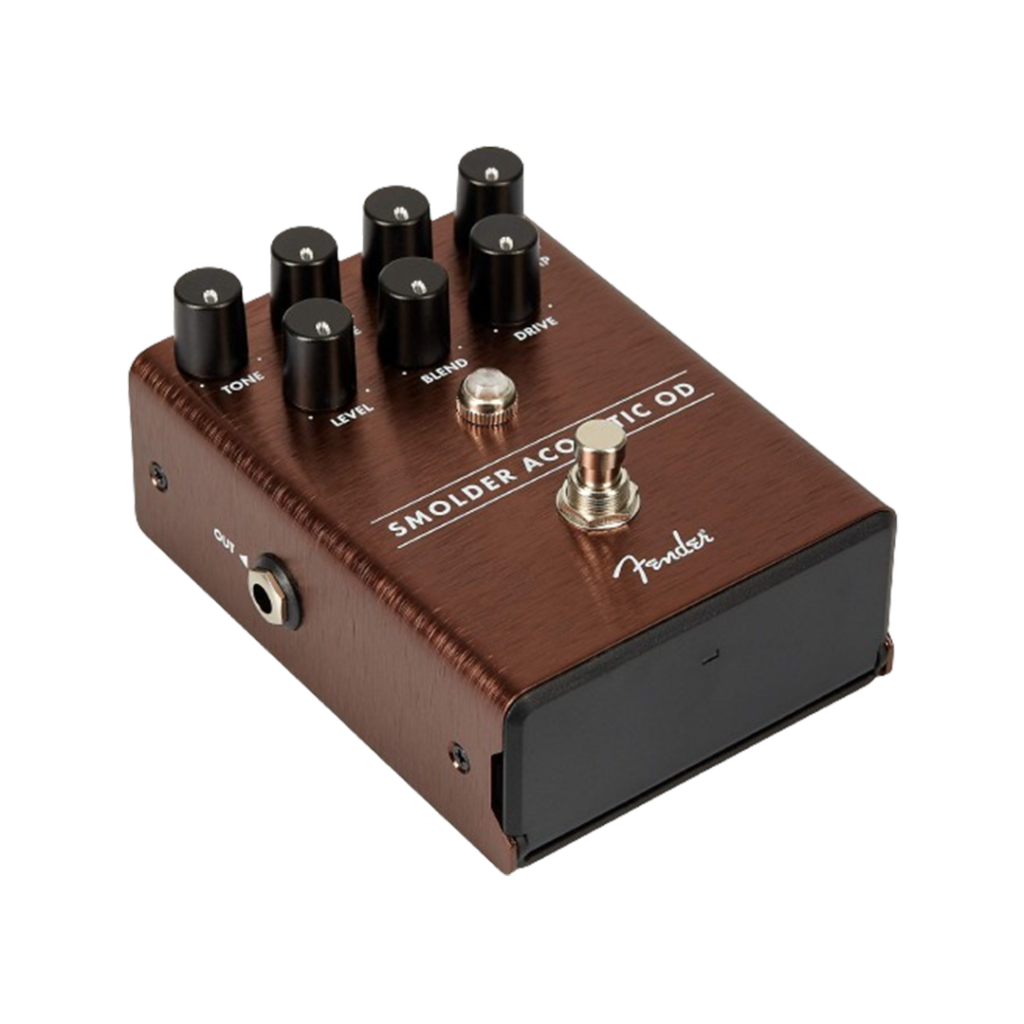

Specifications:
- Dimensions: 2.90×4.90×5.40 IN
- Weight: 1.70 LB
- Power Source: 9V DC power supply (sold separately)
- Batteries: 1 x 9V
- Height: 2.5″
- Pickup Compensation Control: Yes
- Drive Control: Yes
- 3-Band EQ: Yes
Who Is It For?
The Fender Smolder Acoustic OD is for acoustic guitarists who crave that extra edge in their sound without losing the natural beauty of their instrument.
Whether you’re performing solo, with a band, or recording in a studio, this pedal offers the perfect blend of overdrive and tonal control. Its user-friendly interface makes it ideal for guitarists at any skill level, from beginners to professionals.
The Smolder Acoustic OD is particularly suited for those who appreciate the nuances of acoustic guitar tone and are looking for ways to enhance it with notch filtering, a phase switch, or even an XLR output for direct recording.
What I Wish I Knew Before I Got The Best Acoustic Guitar Pedal?
- Versatility is Key: Acoustic guitar pedal should offer a range of effects to suit different playing styles and genres.
- True Bypass Matters: Ensuring the pedal has true bypass can prevent tone loss when the pedal is not engaged.
- Power Supply Considerations: Knowing whether the pedal requires batteries or an external power supply can save future hassle and expense.
- Size and Portability: The pedal’s size can affect your pedalboard layout and portability for gigs.
- Integration with Existing Gear: Understanding how the pedal integrates with your current setup can prevent compatibility issues.
- Quality vs. Price: Acoustic guitar pedal balances quality and price, offering good value without compromising on sound or build.
- User-Friendly Interface: A pedal that is easy to use and adjust on the fly can enhance live performance and creativity.
- Digital vs. Analog: Knowing the difference and your preference can influence the tone and authenticity of the sound.
- Feedback and Noise: Some pedals may introduce unwanted noise or feedback; checking reviews can mitigate this risk.
- Resale Value: Considering the pedal’s brand and demand can affect its resale value if your needs change.
Can you use a loop pedal with an acoustic guitar?
Yes, you can use a loop pedal with an acoustic guitar to enhance your playing experience, especially when you choose the acoustic guitar pedal designed with acoustic guitarists in mind.
These pedals often come equipped with features like notch filtering and an XLR output, which are crucial for maintaining the natural acoustic guitar tone while performing live or recording.
Products like the LR Baggs Venue DI stand out in this category, offering these functionalities in a single unit, thereby simplifying your setup and elevating your acoustic performance.
What guitar pedals to use with acoustic guitar?
It is essential to consider pedals that enhance your instrument’s natural sound without compromising its acoustic qualities.
Some options often include preamps for tone shaping, reverb and chorus for depth and ambiance, and loop stations for creativity.
For instance, the LR Baggs Venue DI and the Boss AD-2 Acoustic Preamp are highly recommended for their ability to improve the acoustic tone while providing feedback control and enhancing live performances.
Additionally, incorporating a reverb pedal like the TC Electronic Hall of Fame can add a new dimension to your sound, making these choices ideal for any acoustic guitarist looking to elevate their sound.
Do acoustic guitars have natural reverb?
Acoustic guitars naturally produce a certain level of reverb due to their body’s resonance, enhancing the acoustic guitar tone without external amplification.
A top choice like the LR Baggs Venue DI combines notch filtering, a phase switch, and an XLR output, offering comprehensive control over your sound.
This makes it not just the acoustic guitar pedal for managing feedback and optimizing sound quality, but also for ensuring your guitar’s natural reverb is captured and amplified beautifully.
With such a pedal, guitarists can achieve the perfect balance of natural acoustic resonance and professional sound shaping.
Do I need an EQ pedal for acoustic guitar?
Whether you need an EQ pedal for your acoustic guitar largely depends on your specific needs and the contexts in which you play.
An EQ pedal can significantly enhance the sound quality of your instrument, offering precise control over bass, midrange, and treble frequencies.
This can be especially useful in live performances or recording sessions where you need to adapt your sound to different environments or wish to shape your tone more distinctly.
An EQ pedal is often recommended as it allows for fine-tuning that can elevate the natural sound of your acoustic guitar.
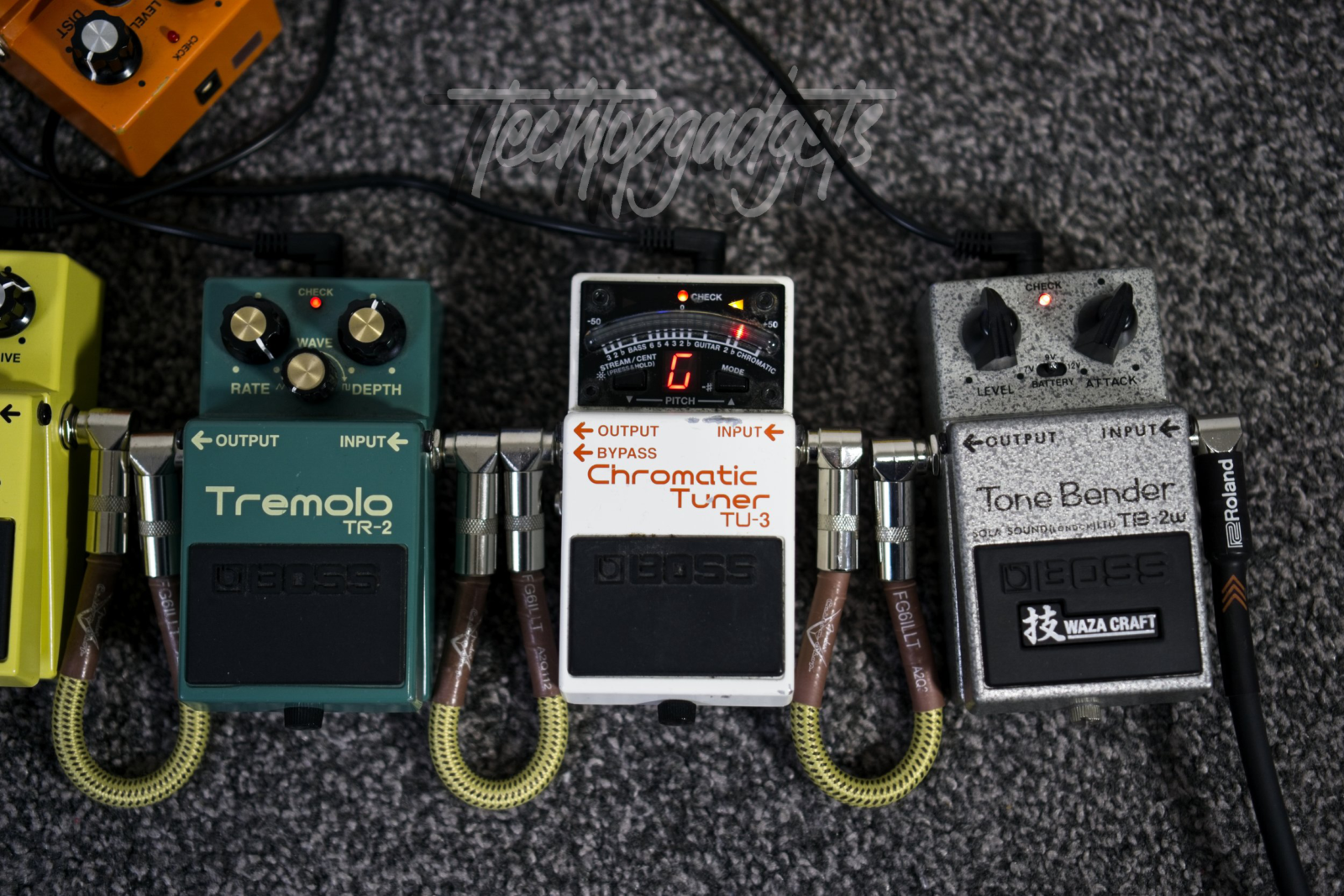
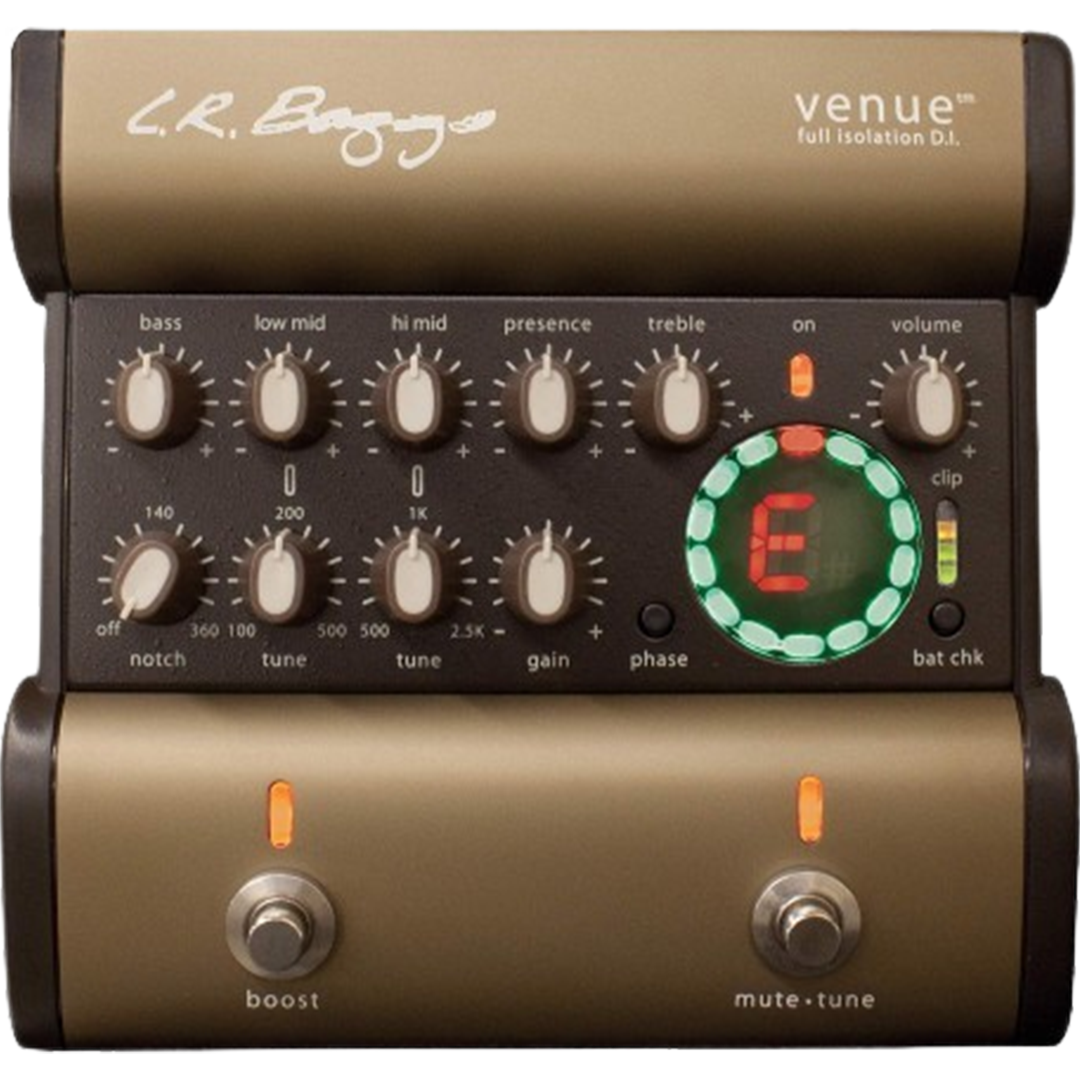
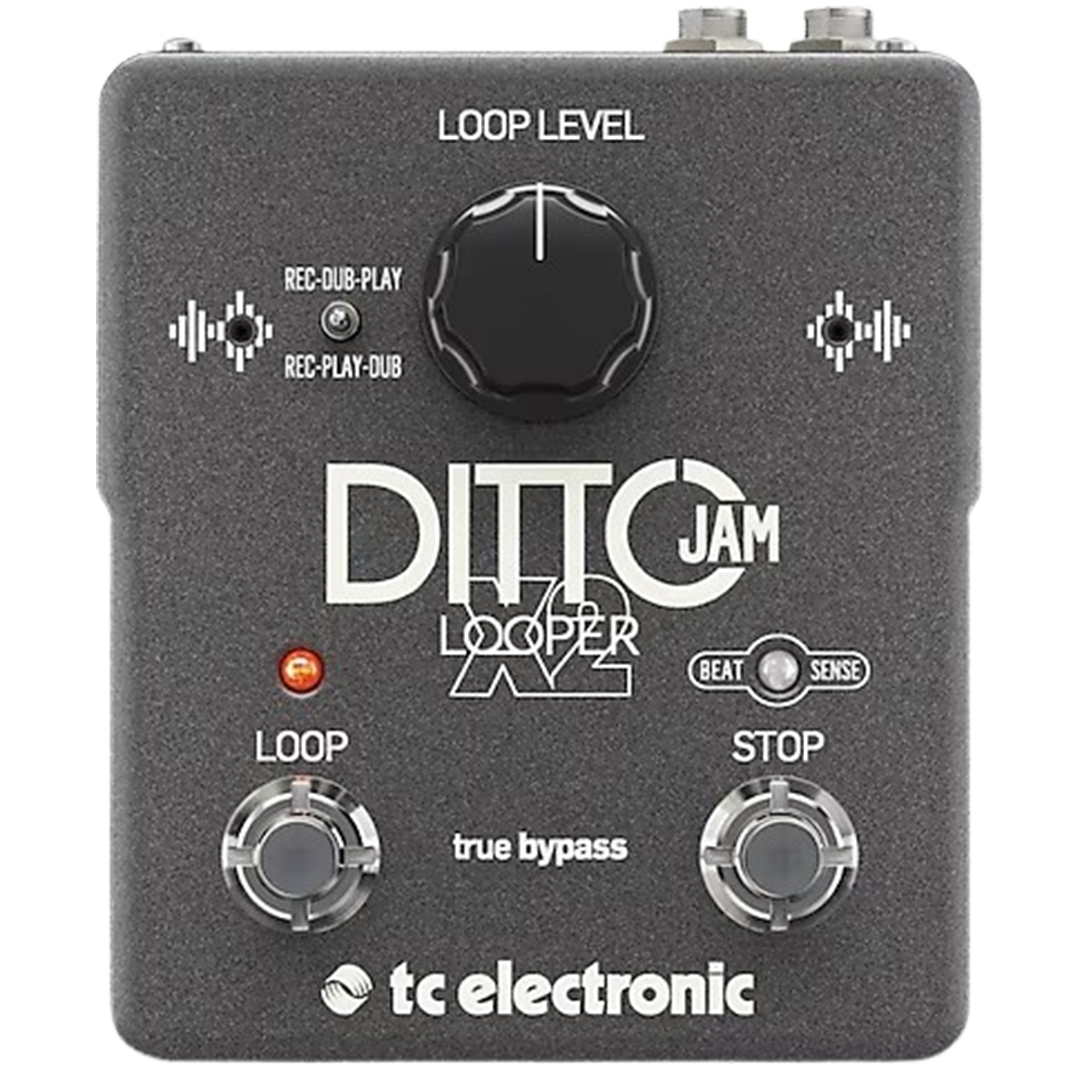
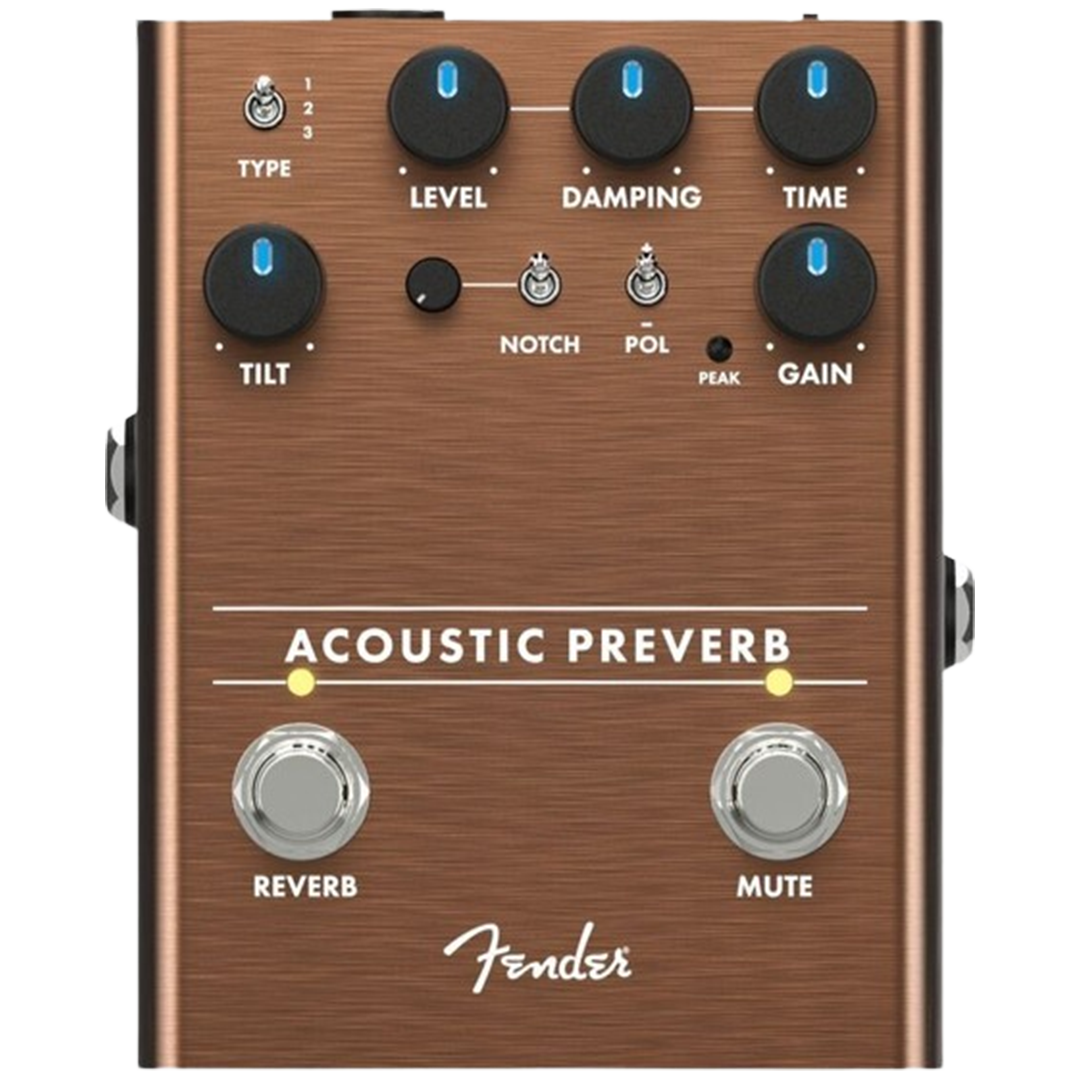
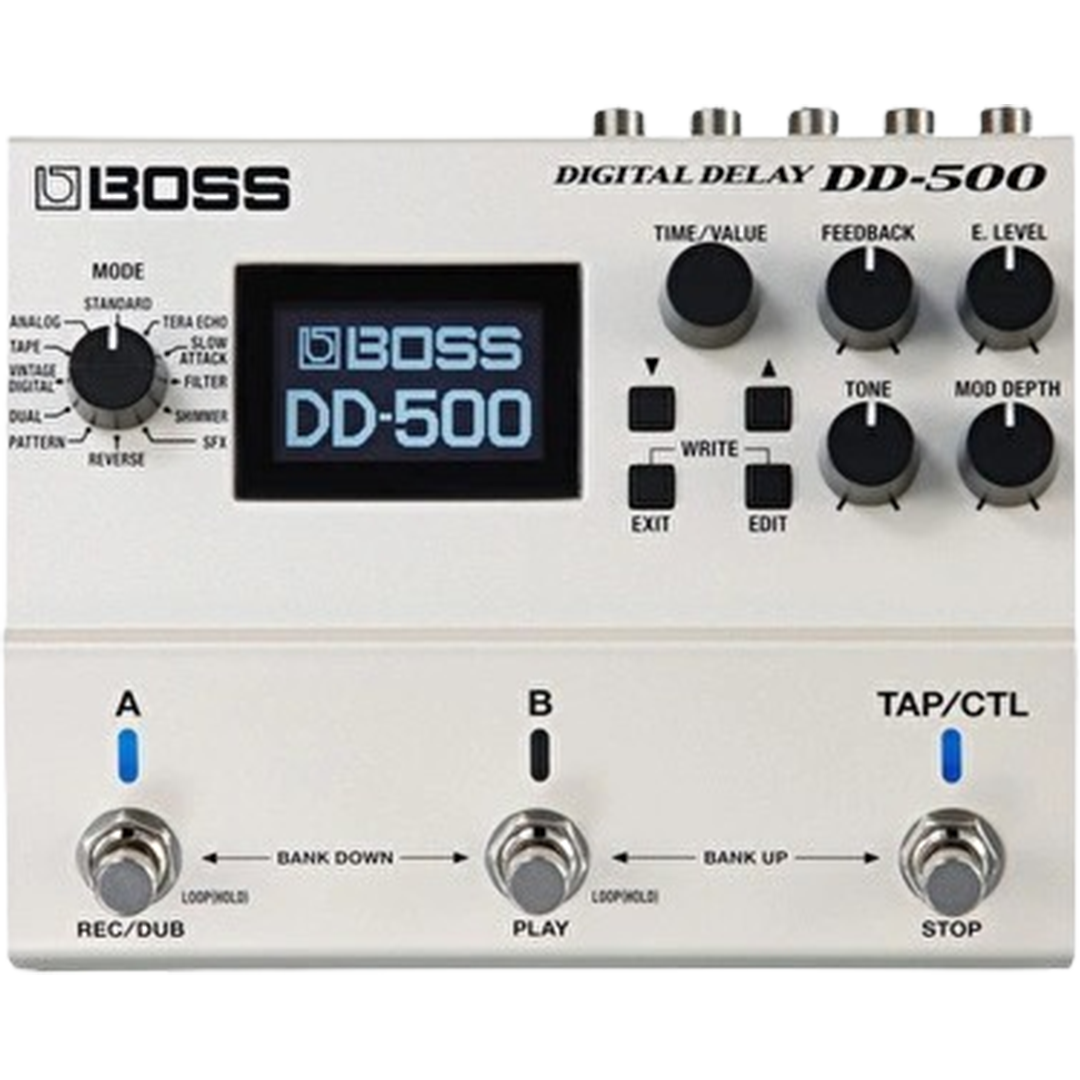
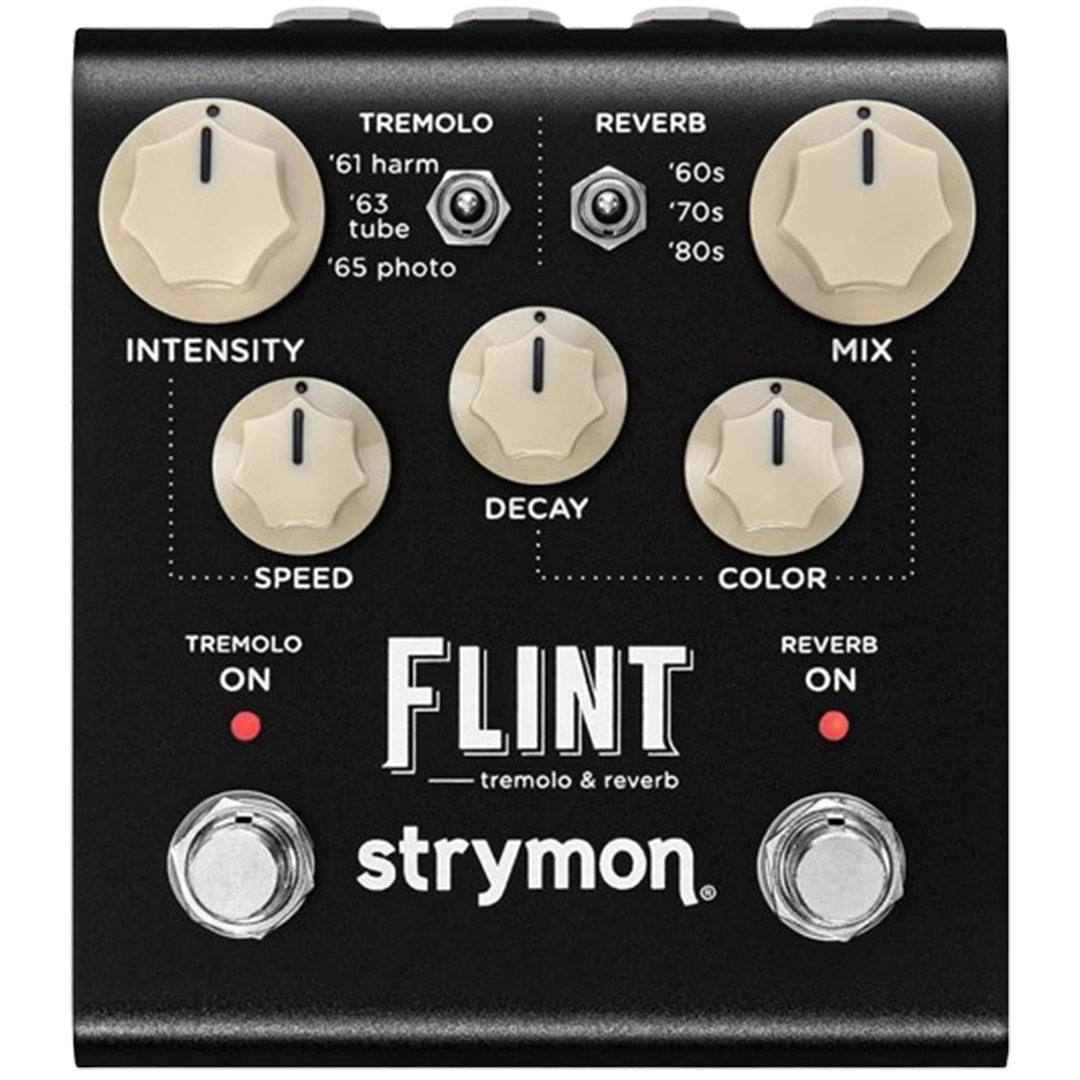
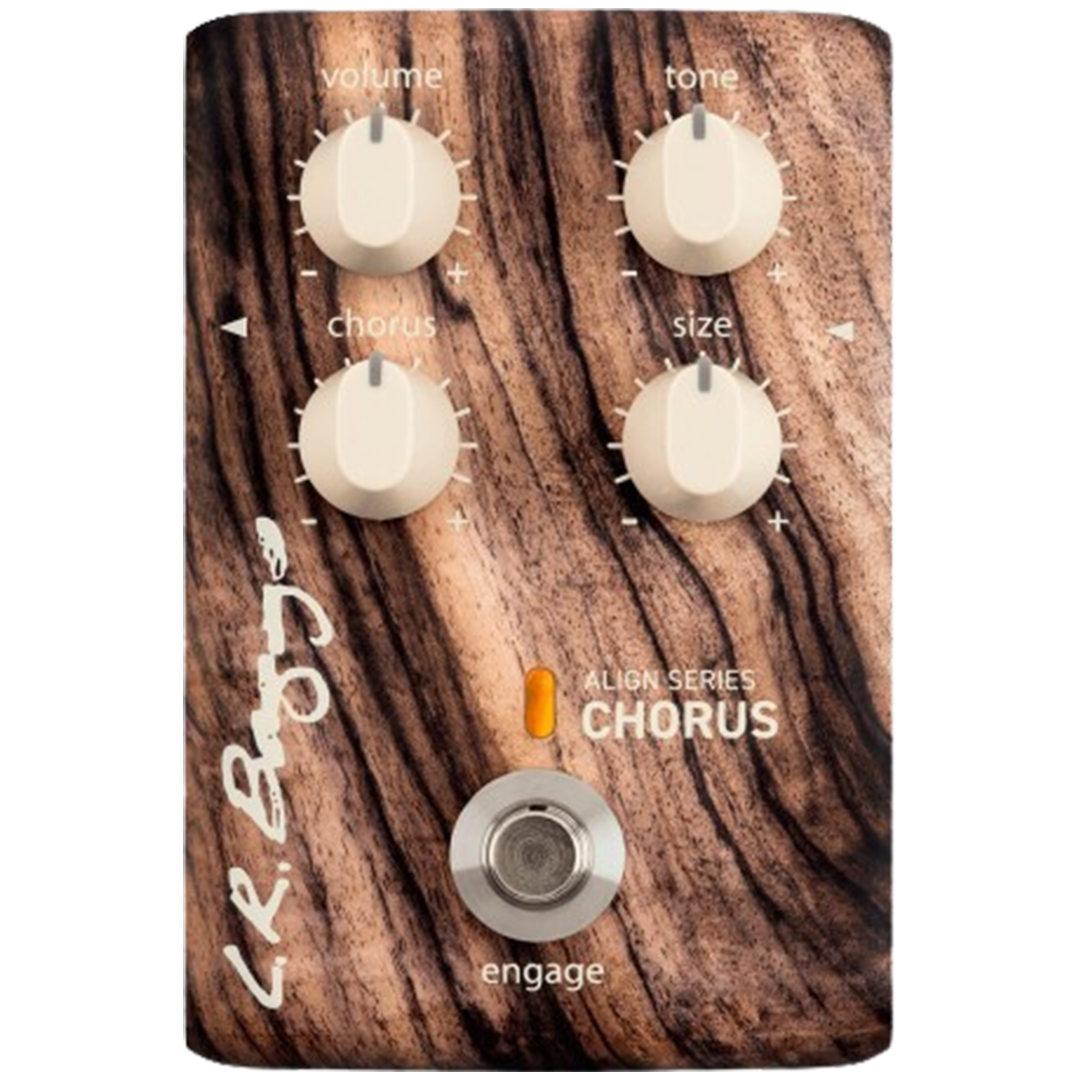
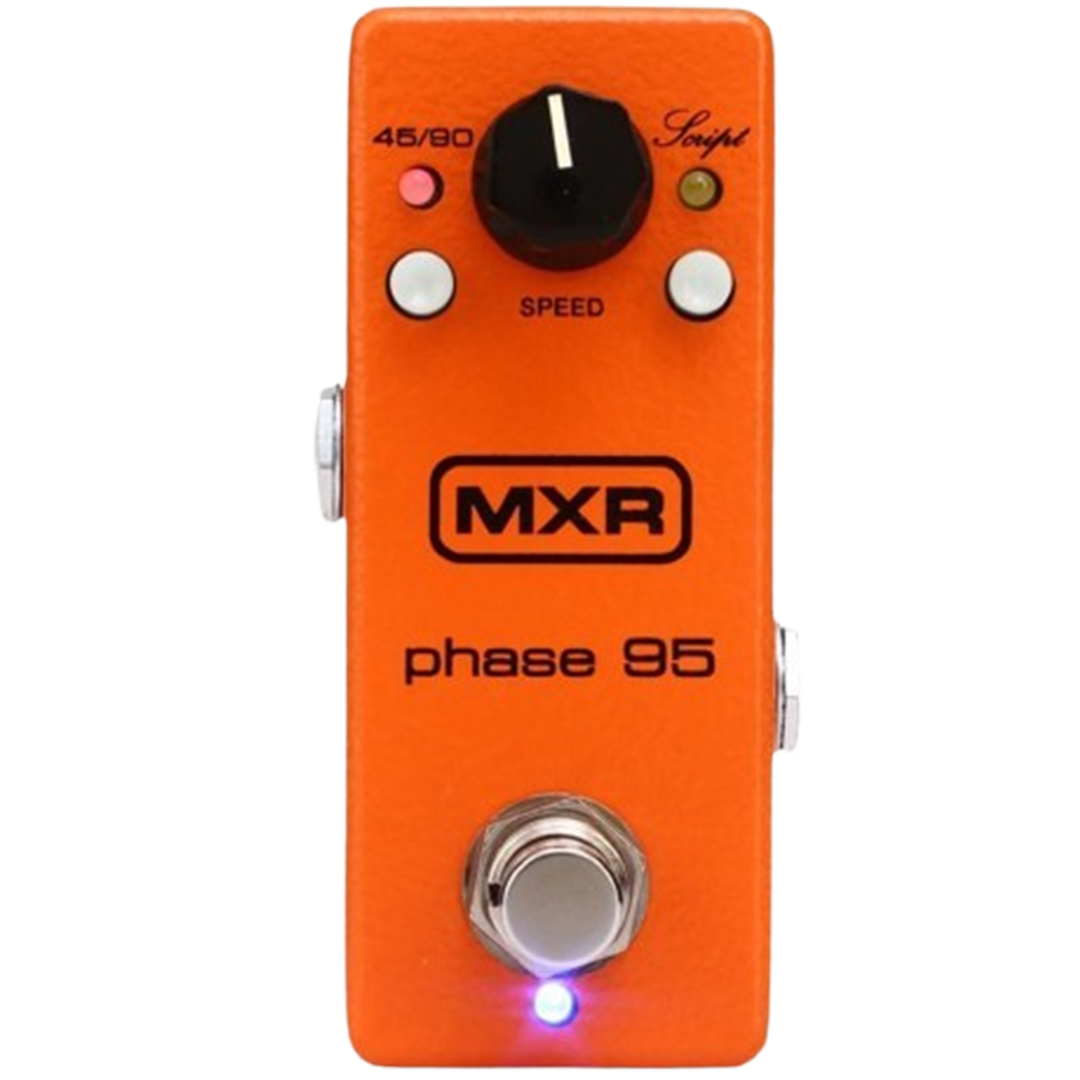
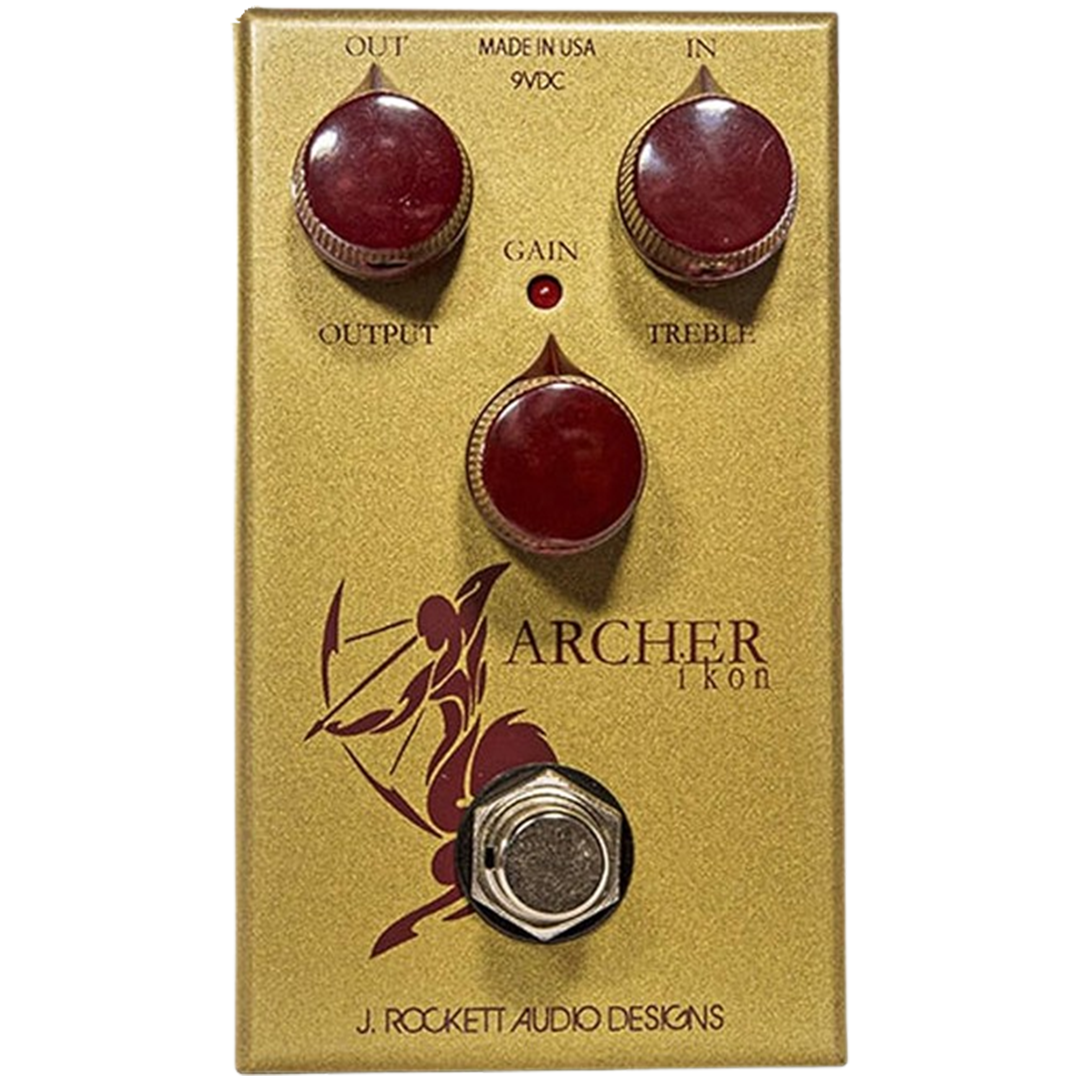

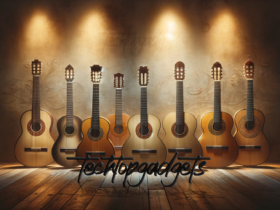
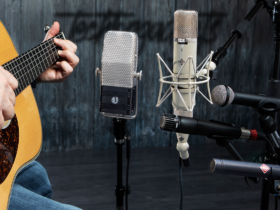
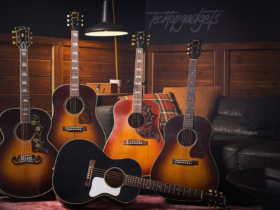
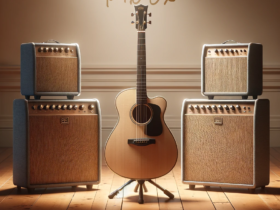
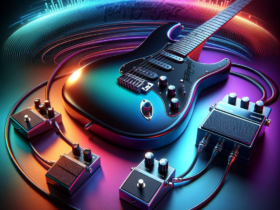
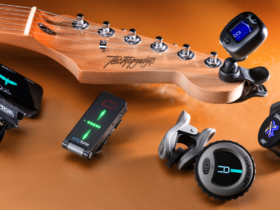
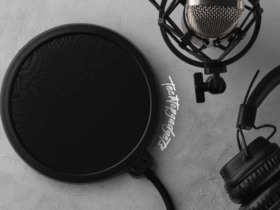
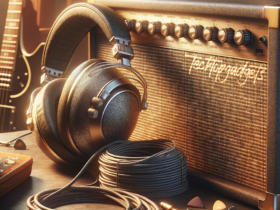
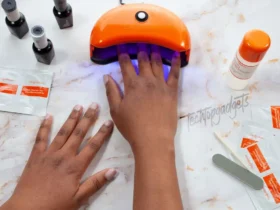




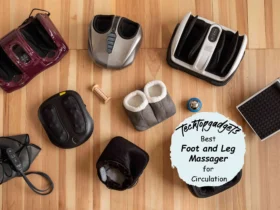
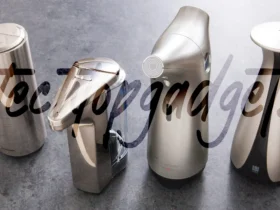
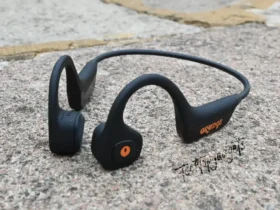
Leave a Reply